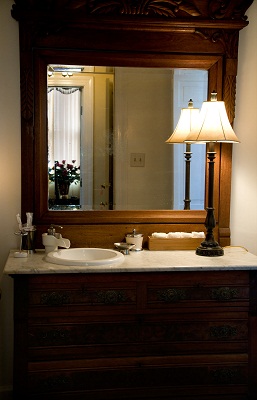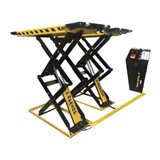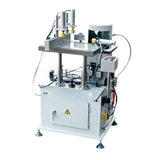That is just one of a number of predictions contained in a new report outlining some of the ways we may live in the not-so-distant future.
"Virtually everything and everyone we interact with will likely soon have the potential to be wired — containing embedded sensors and mobile technologies," says the Tech Trends 2013 report, published on recently by consultancy firm Deloitte.
Ubiquitous digital technology will mean you may soon "begin reading the morning paper in your bathroom mirror and continue listening to the text-to-voice version from the dashboard of your car during the traffic stops.
"Then finish through the heads-up display from your glasses on the elevator ride to your office."
Augmented reality devices, similar in style to those seen in the Minority Report movie, will also become a mainstay of everyday life, Deloitte predicts.
The firm points to the Sixth Sense device developed at Massachusetts Institute of Technology, which allows users to dial a phone using numerals beamed onto their hand, watch live video news reports on a hardcopy newspaper or use any flat surface (such as a wall) to instantly view pictures, emails or maps.
"This is not science fiction — but rather a business reality," Deloitte's report says.
Deloitte's technology lead partner, Robert Hillard, predicts we'll upgrade our mobile phones less frequently in the future.
Customers will become more focused on the apps and programs available on their phones rather than the devices themselves, he said.
Rather than upgrading phones every year, customers will upgrade every two or three years.
"I think it's fair to say people will hold onto their handsets for longer," Hillard said.
The Australian Communications and Media Authority (ACMA) released figures recently showing smartphone ownership increased by 104 per cent in 2012.
More than half of the nation's adult population now own a smartphone.
But despite Australia's rapid move into the digital space, Deloitte suggested the threat from cyber crime was sometimes overstated.
"I'm very, very cautious about talking about cyber (crime) and falling into the same trap that many have - jumping to the conclusion that the world is going to end, that cyber (crime) is the biggest threat to mankind," Hillard said.




-160x160-state_article-rel-cat.png)

-160x160-state_article-rel-cat.png)


-160x160-state_article-rel-cat.png)
-160x160-state_article-rel-cat.png)











